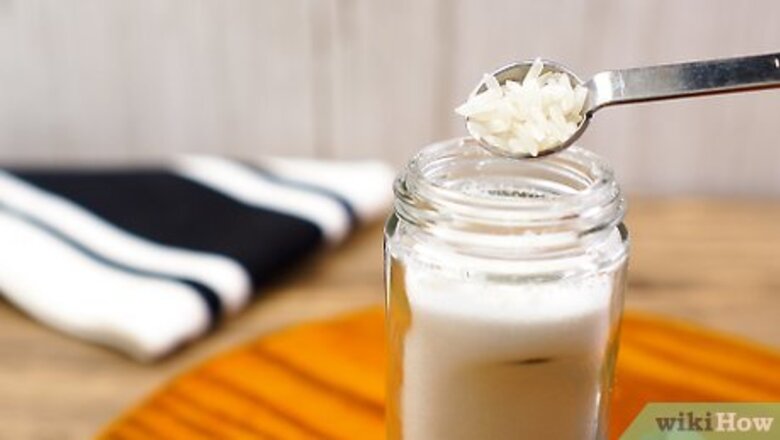
views
Adding a Drying Agent to the Salt
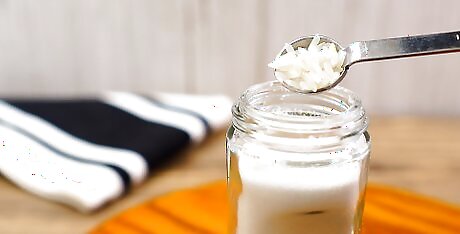
Mix a few grains of uncooked rice into the salt to dry it out. Open your salt container and pour in ¼-2 teaspoon (1-8 grams) of uncooked rice based on how wet the salt happens to be. Either mix the rice into the salt with a spoon or close the container and shake it up by hand. The rice will absorb the moisture in the salt and keep it from clumping up. You can take the rice out after the salt dries out if you’d like, but most restaurants and people that do this leave the rice in the salt shaker. It doesn’t appear to impact the salt at all and the rice rarely absorbs enough moisture to go bad. How long it takes the salt to dry out depends on a variety of factors. You may notice the salt dry out overnight, or it may be a few weeks before those obnoxious clumps dissipate. You can add more rice if you have a bunch of salt or its really wet. The wetter the salt is, the more it’ll benefit from a large amount of rice. It will be a pain to remove the rice, so this works best if you’re using a salt shaker. The large grains won’t come out of the holes at the top of the salt shaker.
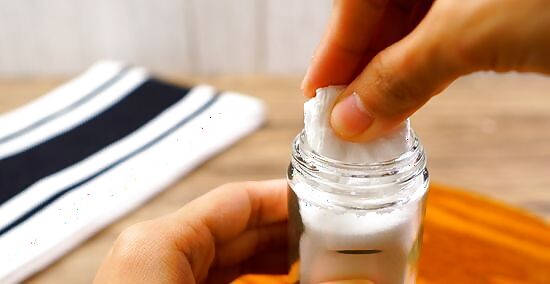
Put a paper towel under the lid of the container to soak up water. Take off the top of your salt shaker and grab a paper towel. Rip a 4 by 4 in (10 by 10 cm) portion off and fold it in half 3-5 times until the paper is a little smaller than the top of the salt shaker. Press the paper towel on top of the salt and close the container. The paper towel will absorb any surface moisture over time. When you turn the salt shaker over, the salt will spill over around the edges of the paper towel. It may be a little harder to sprinkle the salt, but you’ll still be able to use it just fine. Replace the paper towel every 7-10 days to make sure it doesn’t get too moist.
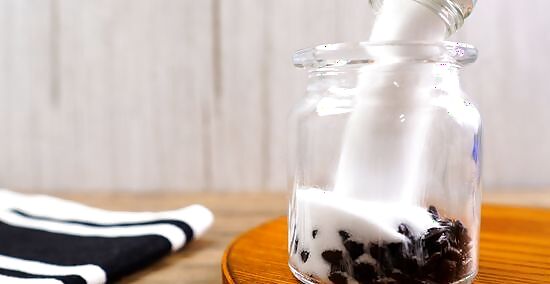
Pour the salt over whole coffee beans to remove odors and moisture. Grab some fresh coffee beans and fill the bottom ¼ of an airtight glass container with the coffee. Then, pour the salt directly into the new container over the coffee beans. Coffee naturally absorbs moisture and it will lift the water out of the salt. The bottom layer of salt may clump up around the coffee beans, but the rest of the salt will be perfectly dry.Tip: The coffee shouldn’t impact the flavor of your salt. If anything, the salt will impact the flavor of the beans at the bottom! Coffee is well known for its odor-absorbing properties, which makes it the ideal choice if the salt seems a little funky after getting wet. Replace the coffee beans when you get to the bottom of your container. When the salt is dry, you can transfer it back into a salt shaker or simply leave it in the new container.
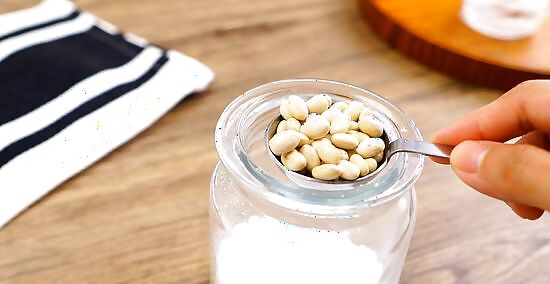
Mix dry kidney beans into the salt to absorb moisture over time. Dry beans are flavorless and absorb moisture slowly. This makes them a great choice for salt that isn’t soaking wet but may be a little damp. Drop a few kidney beans on top of the salt in your container. Close the top and shake the container for 5-10 seconds to mix the dry kidney beans into the salt. Replace the kidney beans every 3-5 days. You shouldn’t have much of a problem scooping the beans out with a spoon. If they’re coated in sticky salt when you remove them, it’s a sign that they’re doing a great job of absorbing water. If you’re dealing with clumps on the surface of the salt, leave the kidney beans on top of the salt and don’t mix them in. Kidney beans have the ability to remove moisture from the air, which may be your main problem.
Add parsley leaves to the base of a salt shaker to dry it and add aromas. Take an empty salt shaker and fill the bottom ¼ of the container with your parsley leaves. To increase the aroma, you can dice the parsley before adding it if you’d like. The parsley leaves will keep salt from clumping while adding a pleasant aroma to your salt. Replace the parsley leaves when you get to the bottom of the salt shaker. You can use cloves instead of parsley if you prefer. Both cloves and parsley will lift moisture out and infuse your salt with a delicious scent.
Mix soda crackers into the salt to trap moisture in the container. Use 1 soda cracker for a smaller salt shaker, or 2-3 soda crackers for a larger container of salt. Crush the saltines in your hand or on a cutting board and mix them into the salt. The dry yeast in the soda crackers will absorb any water that gets into the salt and keep it from clumping up. Replace the soda crackers every 10-15 days to keep them from rotting in the salt. To do this, use a pour the salt over a strainer into a fresh container to filter the crackers out.
Storing the Salt to Avoid Moisture
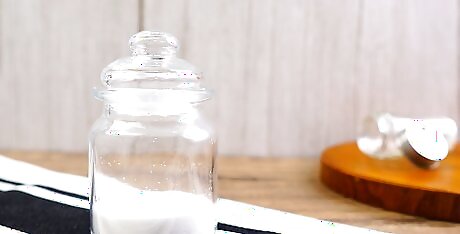
Keep your salt in an airtight container to keep moisture out. To reduce the odds that your salt pulls moisture out of the air, keep it in an airtight container. The salt shakers with small holes in the top will let air into the shaker and cause your salt to start clumping up.Tip: Those salt shakers with rotatable tops are fine. Just be sure that the cover is over the holes when you put the salt back in your cabinet. Grinders typically let a little bit of moisture in, but the blades are designed specifically to break salt rocks up, so this shouldn’t be a problem for you.
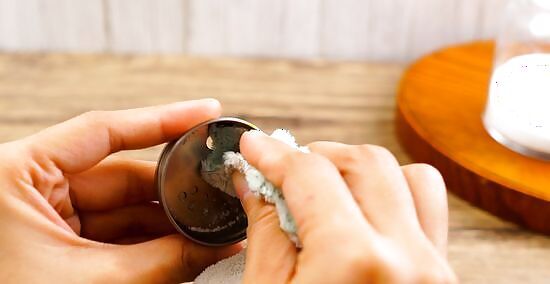
Wipe the surface of the shaker off to deter clumps from forming. If your salt shaker has a bunch of smaller clumps sticking to the holes on the top of the container, the salt is actively collecting moisture. When these clumps form, the salt will continue pulling more moisture in from the air and the issue will get worse. Wipe these surface clumps away with a dry cloth to keep the salt from gathering more moisture. Salt absorbs water from the air in a cumulative kind of way—once the salt starts absorbing moisture, it will pull more and more of it out of the air.
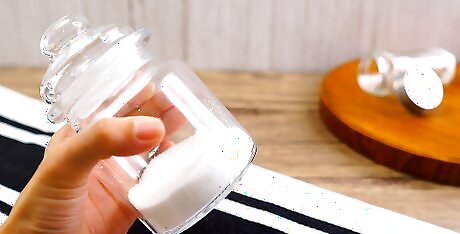
Store your salt in a cool and dry location. If a container of salt is exposed to water or high humidity levels, it's more likely to become damp. To keep the salt dry, store your airtight container of salt somewhere away from moisture and warm temperatures, like a dark pantry or cabinet.




















Comments
0 comment